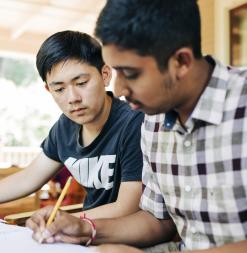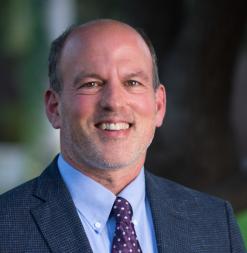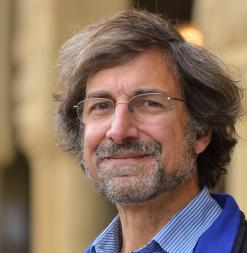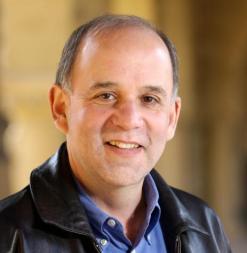History
Timeline
Fall 1994: Stanford University Mathematics Camp (SUMaC) began when Professors Rafe Mazzeo and Ralph Cohen obtained funding from the Howard Hughes Medical Institute to develop a new program in mathematics at Stanford intended for high school students. Rick Sommer soon joined the founding team. All SUMaC students came from Northern California, mainly the San Francisco Bay Area.
1995-1996: SUMaC enrolled just 12 students in 1995, and then grew to 28 students in 1996.
1997: The Program II course was offered for the first time to a group of just four students returning from the previous year. In the coming years Program II grew to include approximately 40% of the SUMaC participants each year, and the Program II topics have varied from Complex Analysis to Topology. Out of state students started attending SUMaC.
1998: International students joined SUMaC. Over the years, SUMaC has hosted students from more than 50 countries. The founding team decided to keep enrollment at SUMaC to a maximum of 40 students in order to preserve key features of the SUMaC experience. Students joined from throughout California.
2020: In light of the COVID-19 pandemic, SUMaC was transitioned into an online program and successfully continued the tradition of engaging students in a deep, meaningful exploration of mathematics. The online model was designed to accommodate students across two sessions, so the program was able to expand to accommodate 60 students in total—30 in each session—without diminishing the key benefits and features of the small program.
2023: SUMaC offers both residential and online experiences for summer 2023.
Alumni
Meet some of our outstanding alumni that are doing innovative work.
- Sanjay Dastoor Founder/CEO of Boosted Boards
- Smita Saxena, Founder/CEO of Stanza
- Olga Russakovsky, Princeton University
- Loren Hough, University of Colorado, Boulder
- Henry Adams, Colorado State University
- Erik Carlsson, University of California, Davis
- Inna Zakharevich, Cornell University
- Olya Mandelshtam, Brown University
- Otis Chodosh, Stanford University
- Pak Hin Lee, Mathematics Institute at the University of Warwick
- Christopher Eur, NSF Postdoctoral Fellow at Stanford University



